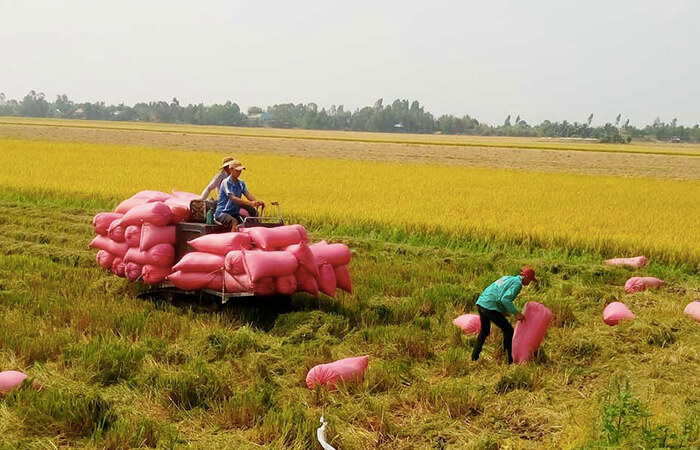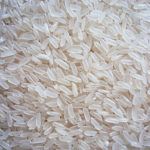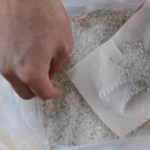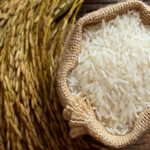Have you ever pondered the reason behind the significant price variations and distinct quality levels of rice, even within the same variety? The more expensive type of rice, when cooked, emits a delightful aroma and possesses a sticky texture. This is attributable to its cultivation through sustainable rice production methods. So, what exactly are these methods, and why do they yield such delectable rice?
1 Conventional Cultivation Method
Let’s delve into the typical conventional rice cultivation process. Traditionally, farmers plant and harvest rice thrice annually: Winter-Spring, Summer-Fall, and Fall-Winter. These seasons are deemed the prime periods for rice cultivation.

The Winter-Spring season, with rice available from February to March, boasts the highest yield and superior quality due to generally favorable weather, including warm sunshine and reduced rainfall.
The Summer-Fall season, with rice on offer from July to September, predominantly features short-day rice varieties, and the quality is often not on par with the Winter-Spring crop.
As for the Fall-Winter season, with rice available from November to December, it is the most unpredictable due to erratic weather patterns from planting to harvesting. Prolonged rain and flooding can adversely affect both yield and quality.
Evidently, rice is cultivated continuously with scant respite between seasons, depriving the agricultural land of sufficient time to replenish its nutrients. Consequently, farmers turn to chemicals to hasten rice growth and boost productivity, resulting in inconsistent rice quality. The grains are short, approximately 6.2mm in length, bearing a silver belly and an opaque appearance, and are sold at a bargain price.
2 Sustainable Rice Cultivation Method
Vietnamese farmers predominantly opt for short-day varieties, such as Indica (long grain) and Japonica (round grain), and plant them three times annually. To bolster yield, they also resort to substantial amounts of fertilizer and pesticides.
In contrast, numerous businesses have embraced long-day varieties for sustainable processes, signifying they will only grow rice once or twice a year.
According to Professor-Doctor Vo Tong Xuan, a preeminent agriculture expert, this method’s advantage lies in its reduced need for fertilizer and pesticides, along with fewer pest issues.
Furthermore, long-day varieties tend to yield longer, more translucent, and flavorful grains compared to their short-day counterparts, justifying their higher price point.
3 Conclusion
In Vietnam, the majority of agricultural land is dedicated to conventional rice cultivation, entailing three seasons per year. This approach generates high yields at low prices, making rice affordable for those with limited incomes.
However, the quality of this rice is variable; it might be aromatic one season and less so the next. Farmers frequently employ growth enhancers and insecticides, which prolong the rice’s shelf life but may have detrimental effects on consumers’ health.
In contrast, sustainable rice cultivation involves planting rice only once or twice annually, granting the soil ample time to restore its nutrient content. This method curtails the use of chemicals and yields lower volumes of higher-quality rice, commanding a premium price and catering to those with higher purchasing power.






































